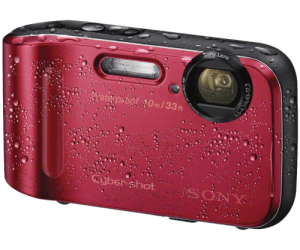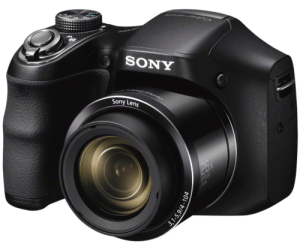If you think your cell phone can replace a digital camera, even a simple point and shoot, you’re only partially correct. Most popular mobile phones have pretty crappy cameras, let’s be honest. Don’t let the number of megapixels fool you, they really are pretty bad. With fixed shutter speeds, plastic lenses and the lack of image stabilization, you might be able to capture the moment but not the memory.
The only benefit that we can see for cell phones in this debate is the convenience they offer. Most people eat, sleep and walk around carrying their mobile devices. They are just as much a part of our lives as our keychains. These days there is the potential to photograph and share every event, big or little, that we experience through our day. When you think about it, however, are all of these experiences Kodak moments? We don’t think so. The popularity of Instagram bolsters this argument.

Intstagram is really nothing more than people sharing mediocre, or just plain bad, photos from their daily lives. On the surface this can be a fun way to spend a few minutes of your day. Scratch that surface and you’ll see that most of the photos are fuzzy and poorly lit. Instagram, through the use of their filters, lets you take a photo then add a kind of dreamy surreal quality to it, making even the most mundane photos just a bit more attractive. Don’t be fooled. That photo is no silk purse.
While we know that cell phones and other mobile devices offer convenience, what do digital cameras offer? Even an inexpensive digicam will give you a better photograph than virtually any cell phone, there’s no question about that. The Nokia Lumia, at about $600.00, might be excluded here but for overall performance, stick to a real digital camera.
Aside from quality issues, digital cameras offer a benefit that you might not be aware of. Just the act of bringing out your camera means that you’re serious about taking a photo. As long as you’ve studied the owner’s manual a bit, snapping a pic with your digicam will probably take less time, meaning less interruption to your target, than snapping away with your cell phone. It also means that you’re actually looking at the scene, setting it up with your eye, looking at the background, getting the lighting right, all of the things that will make the photo that much better than the one you take with your cell.
On top of all of this, when you carry your digital camera around with you, even if it’s just for a walk around the block, you’re actively taking the time to see what’s around you. Ask yourself why there are so many photos of food around these days. For many people that’s about the only time of their day when they are able to take a moment to observe what’s out there. If we were able to do this more often, and a digital camera can help, we’d know that there are many things that are a lot more attractive than food on a plate.

While some of the terms used to describe the features of a digital camera might be confusing, it’s worth taking the time to learn what they mean. That’s where we come in. In our next post we’ll itemize and explain some of those terms for you, no tech talk, just simple English. See you then!
Thanks for reading.
Why not Like us on our Facebook page? Here is the link: Computers Made Simple on Facebook We’ll be glad you did.
_____________________________________
Here’s a link that might help us if you are interested in hosting your own blog with Fatcow Hosting. We’ve signed up to become an affiliate and we make a bit of money if you sign up for hosting via this link: FatCow Hosting Thanks!
